Five Plants That Are Impossible to Kill
During Covid-19, many of us have been staying inside, without an important part of out environment – plants.
Due to online school, our bedrooms have become our classrooms and we’re spending more time in them than ever before. One of the best things to improve our room decoration, Zoom background and air quality, is houseplants. But houseplants take work and not all of us have green thumbs, so I went over to Sturz & Copeland and got the details about how to take care of a few plants that are nearly impossible to kill. Soon we’ll all be well on our way to turning our bedrooms into greenhouses!
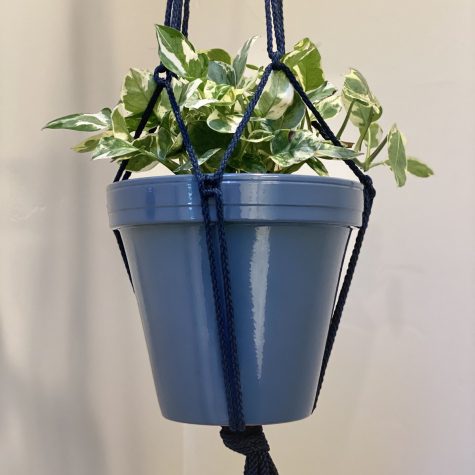
Pothos (Epipremnum aureum)
Pothos, also known as Devil’s Ivy, is a subtropical plant originating from French Polynesia. This is a great plant for beginners as it thrives in most environments and comes in many varieties. Pothos does best in low-light, or indirect sunlight and cultivators should avoid placing in direct sunlight. The plant should be watered when soil is dry to the touch and grows well in any dry potting mix from your local gardening store. Pothos is a great option for a hanging plant as the vines will hang down over time. It can also be placed on the floor and supported with a stake or pole, allowing it to grow to over six feet tall!
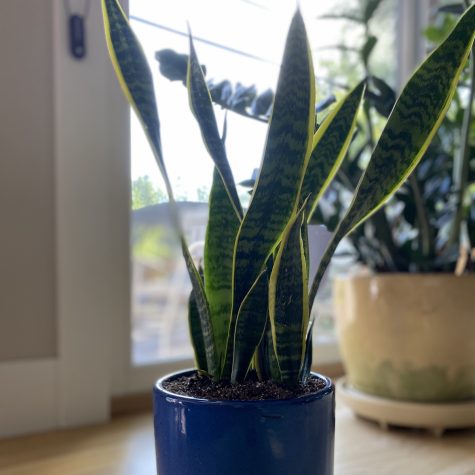
Snake Plant (Dracaena trifasciata)
The snake plant is a tropical species native to West Africa and gets its name from the snake-like shape of its leaves. Snake plants do best in consistent indirect light but will survive in most light situations. Pot in a well-draining soil mix and let the soil completely dry between waterings. Snake plants will die if overwatered, so lean towards underwatering. These plants do great in a dry, warm home and look great on a table or on the floor.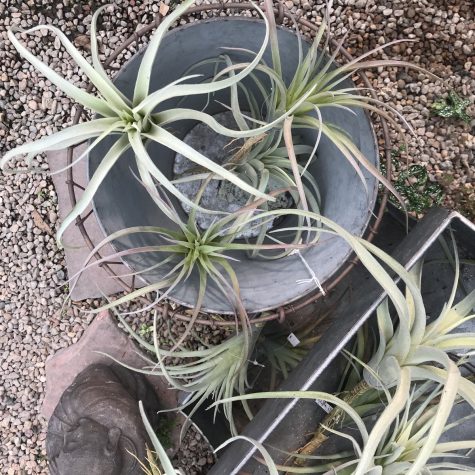
Air Plants (Tillandsia)
Air plants are unique species that do not require soil to grow. Found in the deserts of northern Mexico, these plants are hearty, versatile and come in hundreds of varieties. Air plants do not require potting so the world is your oyster in terms of presentation. They can be placed in containers with good airflow or mounted using E6000 adhesive or non-copper wire. Air plants prefer bright indirect light and a few hours of direct sunlight a day can also be beneficial. To water your air plant first, rinse it in running water, then let it soak for about half an hour. Dry your plant off and return it to its home!

ZZ Plant (Zamioculcas zamiifolia)
The Zanzibar Gem, most commonly referred to as the ZZ plant, is a large houseplant native to east Africa. ZZ plants have gorgeous, dark, glossy leaves and can grow to around three feet. This drought-resistant plant prefers a simple well-draining potting mix and likes to be placed in low to bright indirect light. ZZ plants tend to hold onto a lot of water, so only water once the soil is completely dry. Even if you forget to water this plant a couple of times, it will keep growing and adding color to your room!
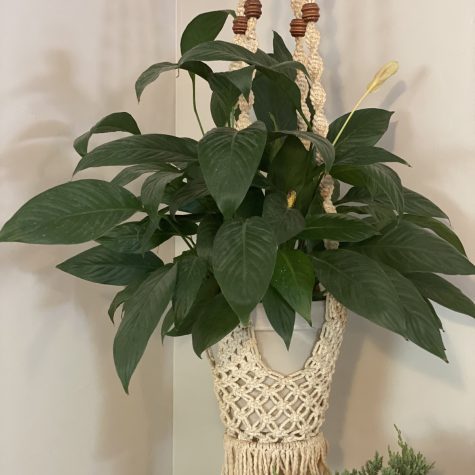
Peace Lily (Spathiphyllum)
Peace lilies are great plants for dark or basement rooms. They prefer shady spaces with low, indirect light making them perfect for darker spaces. Peace lilies are tropical plants and prefer to have moist soil at all times. Because of this, they should be watered at least once a week. Because peace lilies do not mind having wet soil, this is one of the only plants where it is okay to have a pot that does not drain. Peace lilies have been known to be slightly poisonous to cats and occasionally dogs, so keep this plant out of reach of your pets. Peace lilies also produce white flowers frequently and are the right choice for a consistently flowering plant.

Ella Webber is a senior at Boulder High and a new member of The Owl. She’s excited to be a part of the paper and hopes to have the opportunity to share the stories of students who aren’t always heard. She hopes to learn as much as possible about the world of journalism and to improve and expand her writing style. Ella is a rower and has been on the crew team for five years and when she’s not out on the water she spends her time exploring the outdoors and all the natural wonders Colorado has to offer. She enjoys fishing and rock climbing with her friends and can be heard blasting ABBA at all hours of the day. One of Ella’s heroes is the “The Queen of Disco” Donna Summer who overcame...


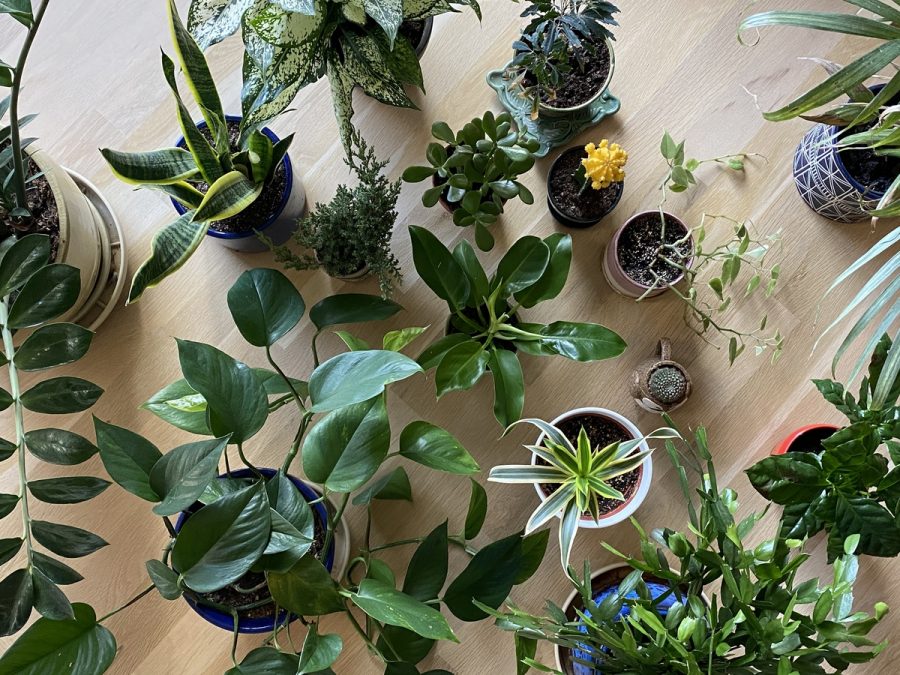
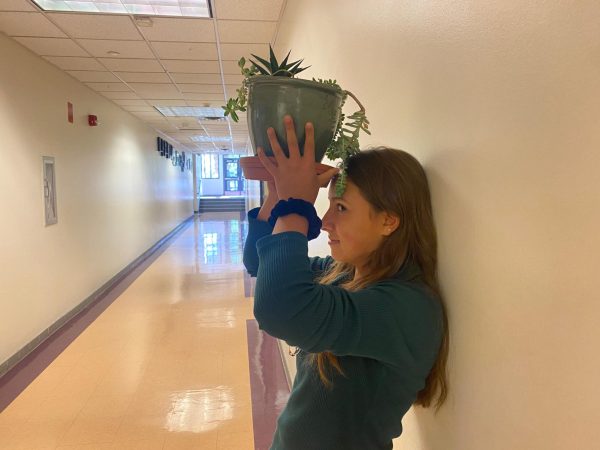
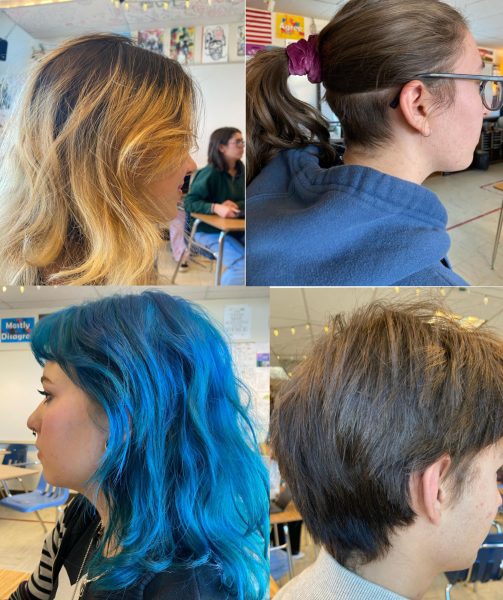
Amelia Chapman • Oct 2, 2020 at 2:43 pm
As a fellow plant mama who struggles to keep plants alive, I’m so glad you wrote this article! I’ll have to add some new plants to my decor.